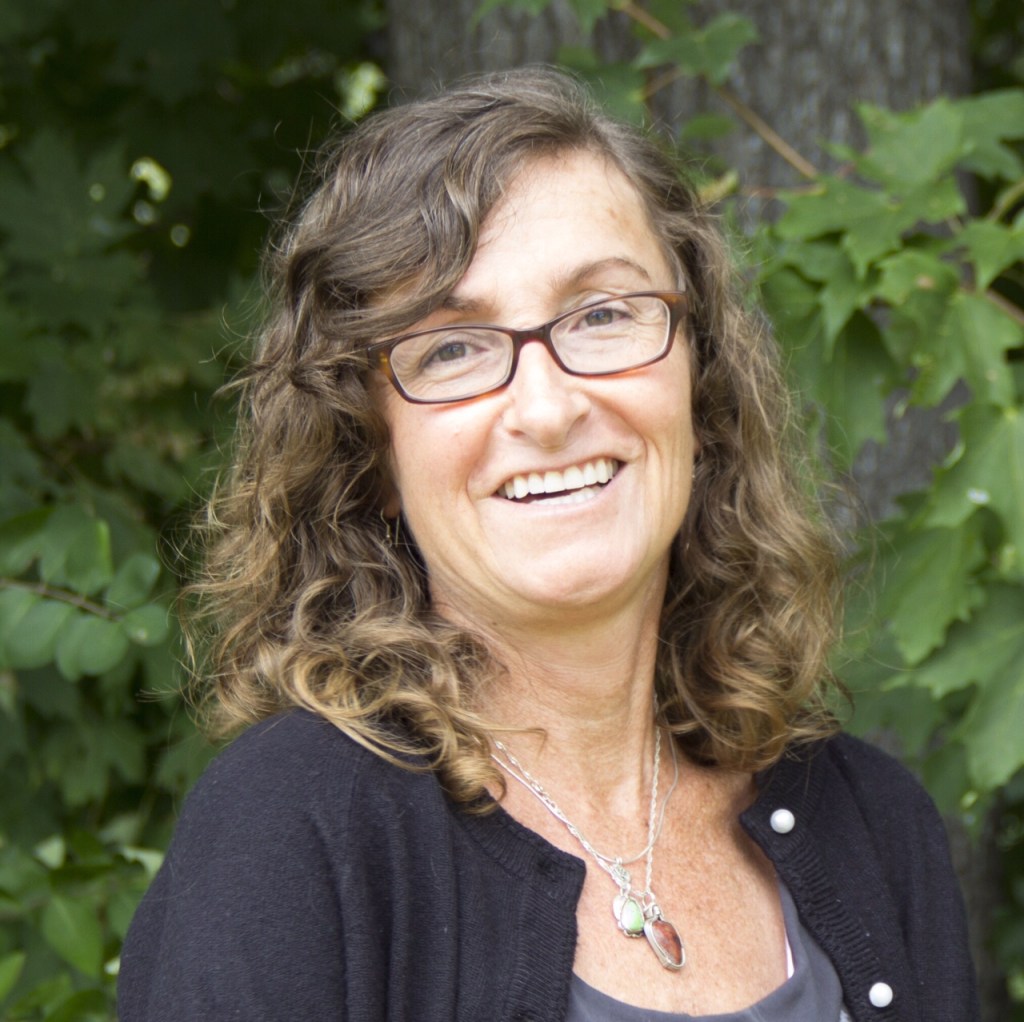I have taught health care policy courses for 11 years now, and one of my favorite aspects of teaching this course is the process of comparing our current American health care system with other global systems.
Unfortunately, the United States currently ranks 37th in the world in healthcare outcomes, and this number has not budged, even as we have enacted the Patient Affordable Care Act. We also spend more per capita on health care versus any other developed country, and yet we continue to rank poorly.
While the Affordable Care Act was a start in looking at the need to do something different with health care, it has done little to actually create meaningful, substantive, measurable reform of the health care system.
Our costs remain high; people are frustrated with their coverage and costs of insurance and medications. We currently rank 44th in the world for health care efficiency, which includes life expectancy and healthcare costs. So while more people now have health care insurance coverage thanks to the Affordable Care Act, are they accessing the system and receiving appropriate care?
According to the U.S. Department of Health and Human Services, we have done an excellent job in reducing the number of uninsured, addressing inequity in coverage for minorities and women, expanding Medicaid (exceptions are obvious, as in Maine we have not expanded Medicaid access), and reduced uncompensated care in hospitals. The department seems to admit on their website that while coverage is in place, people may not actually be accessing care, and barriers remain to accessing care.
From my own experience in working with vulnerable populations, I can point to the usual issues around accessing care: lack of transportation, rural settings, lack of providers, and high co-pays and deductibles. And while the growth of healthcare costs has slowed since Affordable Care Act was enacted, costs are still on the rise, just at a slower pace.
The health and human services department has a stepwise road map of sorts designed to support people in accessing care. However, with nine steps listed, many folks, especially those with limited health literacy, will be challenged to take the appropriate steps. While we talk about patient-centered care, there are many challenges and barriers to actually achieving this ideal.
As Naomi Freudnlich noted, “The underlying message here is that patient-centered care is impossible without meaningful dialogue. And meaningful dialogue is hampered by time constraints, low health literacy among certain patients, and time-worn practice patterns that value interventions, high-tech medicine and, yes, profits over less aggressive or older therapies.”
In addition to the Affordable Care Act, we need to begin to look at true reform of the health care system, and what has worked in other countries spending far less, and enjoying far better health care efficiency. The challenge that we face is that if we move in this direction, perhaps adopting a single-payer program with better access, lower costs, and maybe even a true patient-centered care model, we will need to revamp the entire system.
From costs, to how care is provided, from our educational efforts, to who provides primary care, to reducing use of unnecessary technology and medications, the time is coming when we will shift toward a sustainable health care model.
Carey Clark is committed to supporting the growth of caring-healing capacity of health care providers, and the healing of the patients they serve. She is an assistant professor of nursing in the University of Maine at Augusta’s RN-BSN Program, where she has been teaching since 2010.
Send questions/comments to the editors.



Success. Please wait for the page to reload. If the page does not reload within 5 seconds, please refresh the page.
Enter your email and password to access comments.
Hi, to comment on stories you must . This profile is in addition to your subscription and website login.
Already have a commenting profile? .
Invalid username/password.
Please check your email to confirm and complete your registration.
Only subscribers are eligible to post comments. Please subscribe or login first for digital access. Here’s why.
Use the form below to reset your password. When you've submitted your account email, we will send an email with a reset code.